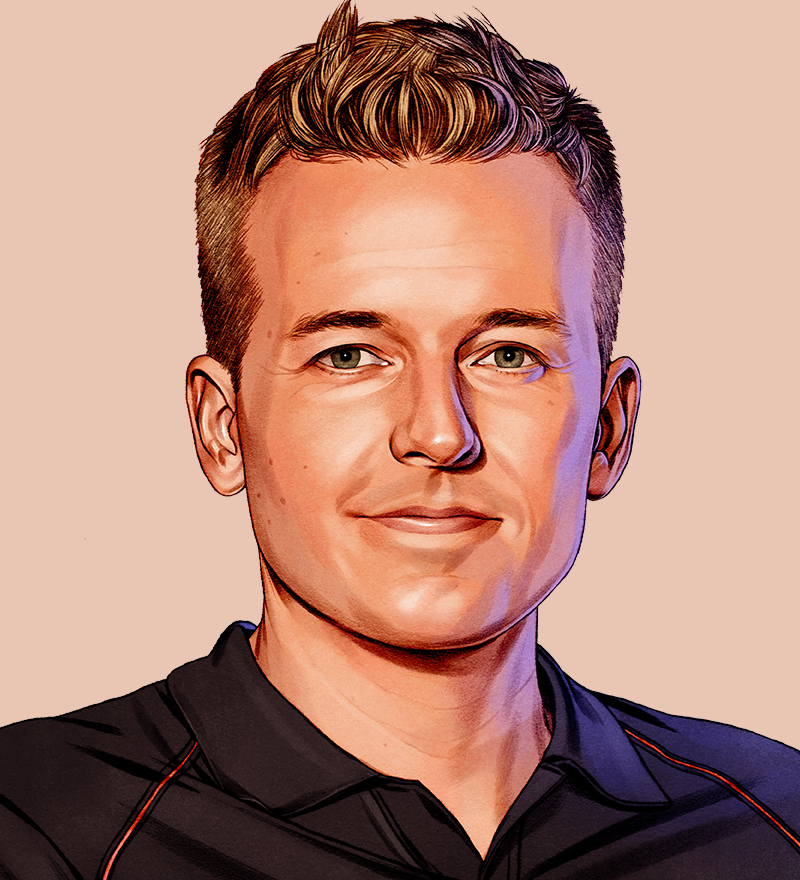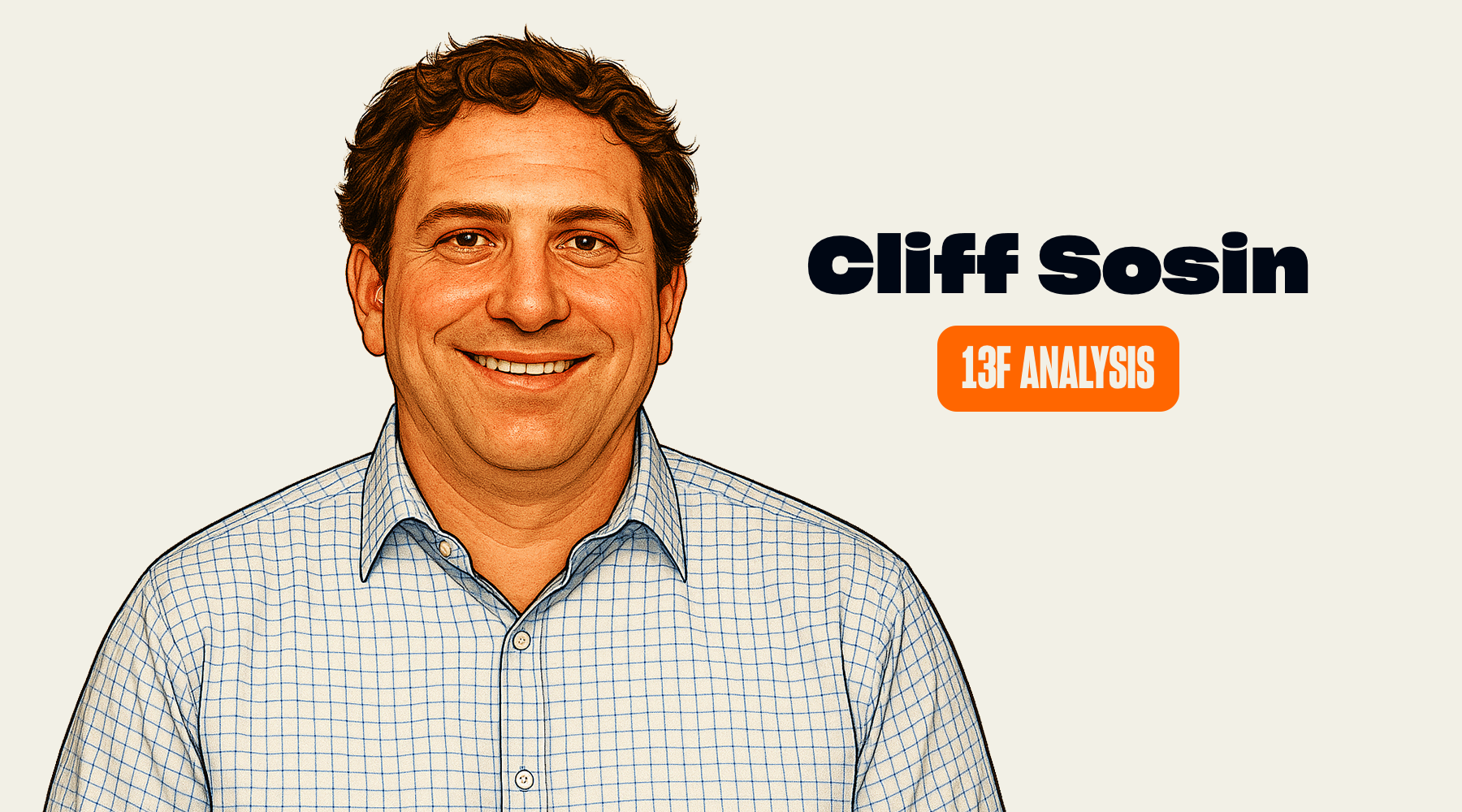One prototype a day, every day, for 14 years. That's what it took James Dyson—working alone in an unheated garage—to create a vacuum that actually works. While every manufacturer told him "if there was a better vacuum cleaner, Hoover would have invented it," he built 5,127 prototypes to prove them spectacularly wrong. Learn the power of dogged persistence in this Against the Odds: An Autobiography book summary.
- Book: Against the Odds: An Autobiography
- Author: James Dyson
- Pages: 288
- Rating: 5 out of 5 Stars
- Recommended for: Inventors, entrepreneurs, product designers, and anyone who's been told their idea won't work
The 30-Second Summary
James Dyson built one prototype a day, every single day, for years on end in a freezing garage with no heat, no water, and no phone—5,127 prototypes total—because he was furious that vacuum cleaners didn't actually clean. After losing his father at age 9 and having to "make life up as he went along," Dyson discovered that difference itself was his competitive advantage, whether running up sand dunes while competitors ran in circles or building cyclonic vacuum cleaners while others clung to bags that clogged after one room. His core philosophy: maintain total control from idea to execution, test everything empirically like Edison one change at a time, and be so stubborn that 14 years of everyone calling you stupid becomes vindication when you finally create something that actually works.
In a nutshell: Success isn't about brilliance or overnight breakthroughs—it's about dogged persistence that makes a quantum leap look easy in retrospect.
About the Author
James Dyson founded Dyson Ltd. in his coach house garage after being kicked out of his own wheelbarrow company and spending 14 years developing his bagless vacuum cleaner. Starting with cardboard and masking tape in 1979, he built 5,127 prototypes before launching in 1993, growing the company to over $10 billion in annual revenue while maintaining 100% ownership. A design engineer who studied at the Royal College of Art, Dyson's previous inventions include the Sea Truck and the Ballbarrow, both of which taught him costly lessons about the importance of total control.
The 3 Big Ideas
1. Difference for the Sake of It Creates Competitive Advantage
Most people think success comes from doing things better. Dyson discovered it comes from doing things differently. As a teenager, he read that Olympic runner Herb Elliott trained on sand dunes, so while his competitors ran "round and round the track like a herd of sheep," Dyson ran up dunes at 6 AM and 10 PM. He won by increasing margins. "Difference itself was making me come first," he realized—a principle he applied to every product thereafter.
The core insight: When everyone zigs, zag—not because it's trendy but because the very act of differentiation creates space for innovation.
He applied this relentlessly: making vacuum cleaners with visible bins when everyone hid the dirt, using bright pink and lavender when competitors used beige, selling direct when retailers rejected him. The established players called him crazy. Hoover's executives literally said his transparent bin idea was "stupid." By 2002, one in four British households owned a Dyson.
Key takeaway: List everything conventional about your industry, then systematically do the opposite—especially with elements everyone considers unchangeable.
2. The Edisonian Approach: One Change at a Time Beats Brilliance
Forget quantum leaps and eureka moments. Dyson's breakthrough came from what he calls the "Edisonian approach"—changing one variable at a time, testing it, then changing another. It took him 3 years working alone to get a functional cyclone, making at least one prototype daily. "It is a thing that takes me ages to explain to my graduate employees," he writes, "but it is so important. They tend to leap in, making dozens of radical changes and then stepping back to test their new masterpiece. How do they know which change has improved it?"
The core insight: Progress happens in millimeters, not miles—but those millimeters compound into revolutionary products.
This approach seems maddeningly slow until you realize it's how the Japanese rebuilt their entire manufacturing base post-WWII. They believe in "anti-brilliance culture," as Dyson calls it—no faith in individual genius, just constant incremental improvement. While Western companies waited for breakthrough innovations, Japanese firms improved 1% at a time until they dominated entire industries.
Key takeaway: Pick one thing about your product or service to test this week—just one—and measure the result before changing anything else.
3. Total Control from Idea to Customer Is Non-Negotiable
Dyson spent years trying to license his invention, watching companies butcher his designs, break contracts, and steal his ideas. His board at Ballbarrow kicked him out of his own company. Amway copied his patents. Every compromise led to disaster. The lesson he learned after losing everything: "A vacuum cleaner designed entirely by me, incorporating innovations up to the very latest point at which my technology had arrived, to be produced and marketed and sold under my own exclusive direction was, to be frank, what this whole thing had been about."
The core insight: The person closest to the product understands it best—outsourcing any critical piece breaks the feedback loop that creates excellence.
When he finally launched Dyson Ltd., he had no salesmen, no marketing managers, no focus groups—just engineers and designers working directly with customers. Banks told him to hire a "real CEO." Retailers said his prices were too high. Everyone wanted him to compromise. Instead, he maintained absolute control and built a $20 billion business that he still owns 100%.
Key takeaway: Identify what you're currently outsourcing that should be brought in-house—especially anything touching product quality or customer relationships.
Key Frameworks
The 5,127 Prototype Method
What it is: A systematic approach to innovation through relentless iteration, changing one variable at a time across thousands of tests.
How to apply it:
- Build a crude first prototype with whatever's available (Dyson used cardboard and tape)
- Test one specific aspect and document the result
- Change only that one variable based on findings
- Build the next prototype immediately
- Repeat until you achieve technical perfection
- Never skip steps or combine changes
When to use it: Any complex problem where the solution isn't obvious and experts say it can't be done.
The Direct-to-Customer Principle
What it is: Bypassing traditional distribution to maintain direct relationships with end users, enabling faster feedback and higher margins.
How to apply it:
- Test with small direct-response ads (Dyson started with tiny newspaper ads)
- Ship directly to customers who order
- Use their feedback to improve the product
- Let word-of-mouth build your reputation
- Only approach retailers once you have leverage
When to use it: When gatekeepers reject your innovation or when you need to prove market demand before scaling.
The Difference Philosophy
What it is: Deliberately choosing to be different in every aspect of business, from product design to company structure.
How to apply it:
- List industry conventions and "unchangeable" rules
- Question why each exists
- Design the opposite approach
- Make difference visible (bright colors, transparent materials, unusual shapes)
- Use difference to generate editorial coverage
- Maintain difference even after success
When to use it: When entering mature markets dominated by complacent incumbents.
Notable Quotes
"There is no such thing as a quantum leap. There is only dogged persistence—and in the end you make it look like a quantum leap."
Why this matters: This single line destroys the myth of overnight success and reveals the truth about innovation—it's grinding, not genius.
"I have been a misfit throughout my professional life, and that seems to have worked to my advantage."
Why this matters: Being an outsider isn't a disadvantage—it's freedom from the mental prison of how things "should" be done.
"If there was a better kind of vacuum cleaner, Hoover would have invented it."
Why this matters: This quote, repeated to Dyson countless times, reveals how market leaders become blind to disruption through their own arrogance.
"Difference itself was making me come first."
Why this matters: Competition on the same terms as everyone else is a race to the bottom—differentiation is the only sustainable advantage.
"While it is easy for me to celebrate my doggedness now and say that it is all you need to succeed, the truth is that it demoralized me terribly."
Why this matters: Success stories usually hide the darkness—Dyson's honesty about crawling home "exhausted and depressed" makes his persistence more remarkable, not less.
"College had taught me to revere experts and expertise. Fry ridiculed all that. As far as he was concerned, with enthusiasm and intelligence, anything was possible."
Why this matters: Formal education often teaches deference to authority—real innovation requires ignoring the "experts."
"It is the people who make the things that understand them, and understand what the public wants."
Why this matters: MBAs and marketing managers don't understand products—builders do. Never cede control to non-builders.
"Anyone can become an expert in anything in six months."
Why this matters: The barrier to entry in any field is lower than insiders want you to believe—focused learning beats credentials.
"The entrenched professional is always going to resist far longer than the private consumer."
Why this matters: Gatekeepers protect the status quo—go directly to users who actually experience the problem you're solving.
"Companies are built, not made."
Why this matters: There's no shortcut, no growth hack, no magic formula—just brick by brick construction over years.
"I aim not to be clever, but to be dogged."
Why this matters: Cleverness is overrated. Stubbornness—the ability to keep going when everyone says stop—is the real superpower.
"To stint on investment in the early stages, to try to sell a half-finished product, is to doom from the start any project you embark on."
Why this matters: Most failures come from launching too early with too little—better to be late and excellent than early and mediocre.
"One decent editorial accounts for 1,000 advertisements."
Why this matters: Earned media beats paid media because it carries the weight of objective truth rather than self-promotion.
"People do not want all-purpose. They want high-tech specificity."
Why this matters: The Swiss Army knife approach fails—customers want the perfect tool for their specific problem.
"No research can tell you what is going to happen."
Why this matters: Market research reveals the past. Innovation requires ignoring what people say they want and building what they actually need.
"Good design generated out of the function of the thing will explain why it is better."
Why this matters: Form following function isn't just aesthetic philosophy—it's a sales strategy that makes benefits visible.
"From the first sprouting of the idea, all the way into the homes of the nation, it is most likely to succeed if the original visionary (or mule) sees it right through."
Why this matters: The founder's vision gets diluted with every handoff—maintaining control from conception to customer is the difference between revolution and mediocrity.
Practical Application for Founders
- Product Development: Use the Edisonian method—change one variable per iteration, test immediately, document everything
- Market Entry: Go direct to consumers first, prove demand, then negotiate with retailers from a position of strength
- Design Philosophy: Make your product's superiority visible through design (transparent bins, bright colors, unusual shapes)
- Company Building: Hire young graduates and train them your way rather than retraining experienced people with bad habits
- Crisis Management: When facing bankruptcy or failure, remember Dyson worked 14 years before success—extend your timeline
Related Ideas
Thomas Edison on empirical testing: Edison tested 3,000 materials for light bulb filaments, saying "I haven't failed, I've found 3,000 ways that don't work." Dyson explicitly credits Edison's systematic approach as the foundation for his 5,127 prototypes, proving that methodical testing beats theoretical brilliance across centuries and industries.
Steve Jobs on total control: Jobs famously controlled every aspect of Apple products from chip design to retail stores. Like Dyson, he refused to license Mac OS when everyone said he should, maintaining that integrated control was the only way to deliver the intended experience. Both built multi-billion dollar companies by ignoring calls to "focus on core competencies."
Isambard Kingdom Brunel on ignoring impossibility: Brunel, the 19th-century engineer Dyson calls his "personal god," was told his steamship couldn't carry enough coal to cross the Atlantic. He built it anyway—it arrived with 200 tons to spare. Dyson studied Brunel's biography during his darkest moments, drawing strength from parallel struggles 150 years apart.
Jeremy Fry on learning by doing: Fry, Dyson's mentor, would respond to theoretical questions with "The lake is down there, the Land Rover is over there, take a plank of wood down to the lake and see what happens." This hands-on philosophy shaped Dyson's entire approach—build first, theorize later.
Japanese manufacturing philosophy: The Japanese rebuilt their post-war economy through kaizen—continuous small improvements rather than breakthrough innovation. Dyson recognized this "anti-brilliance culture" as identical to his approach, validating that incremental iteration could compete with Western "genius."
Natural Next Reads
- Shoe Dog by Phil Knight: Another story of stubborn persistence against established players, with similar themes of maintaining control and direct customer relationships
- The Hard Thing About Hard Things by Ben Horowitz: Practical advice for the struggle phase that comprises 90% of Dyson's story
- Zero to One by Peter Thiel: Theory behind why differentiation matters more than incremental improvement
- Made in Japan by Akio Morita: The Sony founder's philosophy that influenced Dyson's thinking about patient capital and long-term development
- Creative Confidence by David Kelley: IDEO's approach to design thinking that parallels Dyson's empirical methodology
Reflection Questions
- What industry convention does everyone accept as unchangeable that you could challenge?
- Where are you trying to make quantum leaps instead of patient, incremental progress?
- What part of your business have you outsourced that should be brought back under your direct control?
- Who are the "experts" telling you something can't be done, and what would happen if you ignored them?
- What would you build if you had 14 years and didn't need immediate revenue?
The Bottom Line
Dyson's story proves that the gap between winners and losers isn't talent, connections, or capital—it's the willingness to build prototype 5,127 when prototype 5,126 fails. Starting with nothing but cardboard and masking tape at age 31, he spent 14 years being told his idea was worthless by every expert in the industry. His response was to become a mule: stubborn, methodical, and completely unwilling to compromise his vision. The result? A $20 billion company he owns entirely, and vacuum cleaners that actually work. The real question isn't whether you have what it takes—it's whether you're willing to crawl home covered in dust, depressed and exhausted, then get up tomorrow and build one more prototype.













